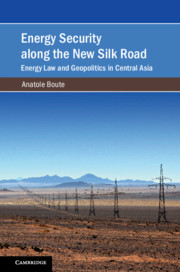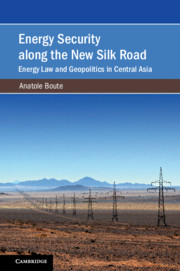Energy Transitions in Central and Eastern Europe
This book examines the mutual interplay of climate and energy policies in eleven Central and Eastern European countries in the context of the EU's energy transition. Energy security has long been prioritised in the region and has shaped not only national climate and energy policy, but also EU-level policy-making and implementation. Whilst the region shares economic, institutional and historical energy supplier commonalities it is not homogenous, and the book considers the significant differences between the preferences and policies of these member states. Chapters also explore the effect of the EU on member states that have joined since 2004 and their influence on the EU's energy and climate policies and their role in highlighting the importance of the concepts of security and solidarity. The book highlights the challenges to, and drivers of, energy transitions in the region and compares these with those in global energy transitions.
- The first comprehensive analysis of Central and Eastern European energy transitions and climate and energy policy
- Creates links between the CEE countries' experience within the EU's climate policy and global energy transitions
- Enables readers to understand the drivers and challenges of the EU's energy transition
Product details
March 2024Adobe eBook Reader
9781108750820
0 pages
This ISBN is for an eBook version which is distributed on our behalf by a third party.
Table of Contents
- Preface
- Acknowledgements
- Dedication
- List of abbreviations
- List of figures and tables
- Introduction
- 1. The development of energy and climate policy in the EU and CEE
- 2. A conceptual framework for understanding energy transitions
- 3. Energy governance
- 4. The effect of foreign policy on climate and energy policy
- 5. State-society relations
- 6. The influence of CEE countries on EU climate and energy policy
- 7. The global context – decarbonisation, pandemic, and invasion
- Conclusion
- Bibliography.





